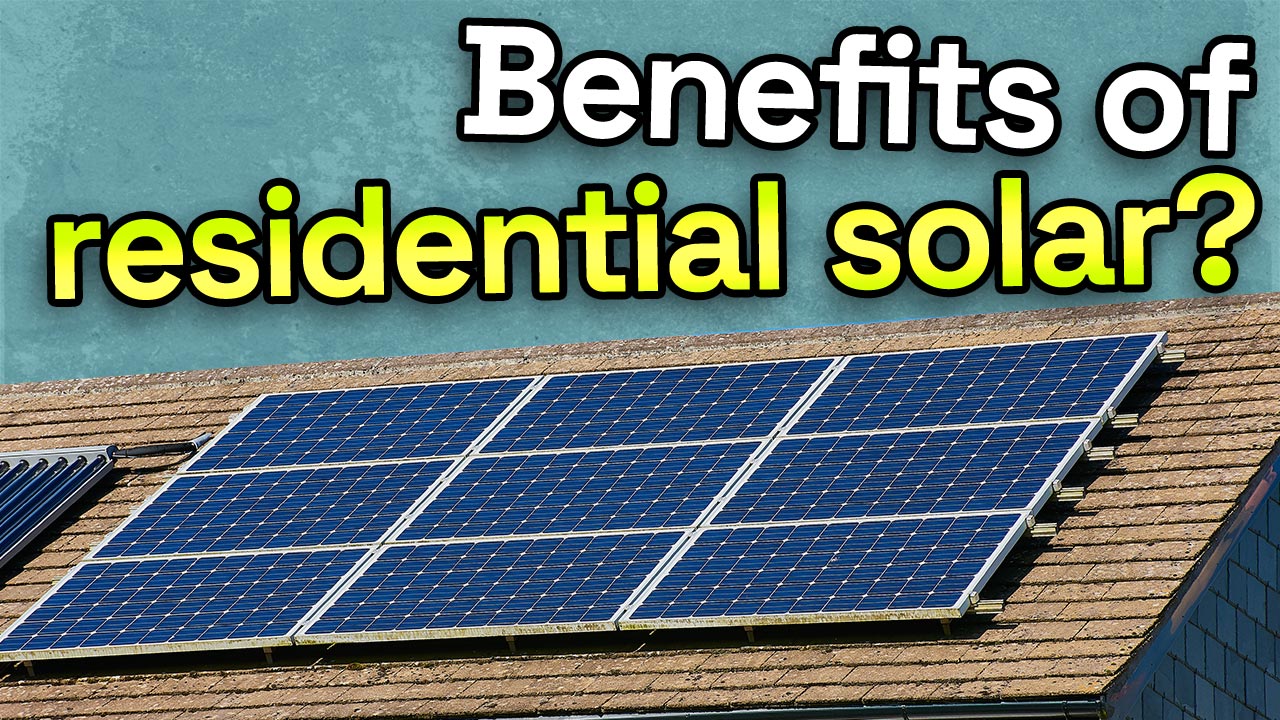Solar Energy 101: A Novice's Guide to Sustainable Power Solutions
As the world significantly changes in the direction of lasting energy services, understanding the basics of solar power comes to be essential for both individuals and businesses. This guide gives a complete overview of solar energy, outlining the numerous systems offered and the mechanisms behind their operation. By discovering the advantages of solar technology, along with the financial motivations and setup procedures, one can acquire a more clear point of view on how to properly integrate this eco-friendly resource into their power strategy. Nonetheless, the journey towards taking on solar power welcomes additional evaluation of the difficulties and considerations that include it.
Understanding Solar Power
At its core, recognizing solar energy entails grasping the essential principles of exactly how sunshine can be transformed right into useful power. Solar energy is acquired from the sunlight's radiation, which can be taken advantage of with different technologies.

Understanding solar power additionally entails recognizing its ecological advantages. By making use of sunshine, we can minimize greenhouse gas exhausts and reduce air pollution, adding to a more lasting future. The developments in innovation and effectiveness of planetary systems remain to boost their practicality, making solar power an increasingly appealing alternative for global energy requirements.
Sorts Of Solar Power Solutions
Numerous sorts of solar energy systems are typically utilized to harness solar power for electricity generation. The primary groups consist of photovoltaic or pv (PV) systems, concentrating solar power (CSP) systems, and solar thermal systems.
Solar systems use photovoltaic panels made up of silicon cells that transform sunshine straight into electricity. These systems are flexible and can be mounted on rooftops, ground places, or integrated right into building products.
Concentrating Solar energy systems, on the other hand, utilize mirrors or lenses to focus sunlight onto a small location, generating warmth that drives a heavy steam wind turbine to produce power - Simply Solar Illinois. CSP systems are typically deployed in large nuclear power plant and require straight sunshine, making them much less suitable for over cast areas

Each type of solar energy system has its distinct characteristics, applications, and viability depending upon geographic location, power demands, and spending plan, making it crucial to review alternatives based on specific circumstances. - Simply Solar Illinois

Benefits of Solar Power
Utilizing solar power with various systems not only gives a sustainable method to create electrical energy however additionally offers a wide range of benefits. One of the most substantial advantages is the reduction in greenhouse gas emissions, adding to a cleaner setting and combating climate modification. Solar power is renewable, indicating it is infinite and available as long as the sunlight beams, unlike nonrenewable advice fuel sources, which are finite and diminishing.
In addition, solar power can cause considerable expense savings over time. Homeowners and organizations can lower their electricity costs significantly, and in a lot of cases, they may earn credit histories for excess energy produced with web metering. Furthermore, the solar industry develops work, from manufacturing to setup, stimulating local economic climates.
Another engaging benefit is power independence. By creating their own power, people and communities can minimize reliance on outside power sources, boosting durability against changing energy costs and supply disruptions. Furthermore, solar power systems require very little upkeep, making them a practical alternative for lasting power generation.
Installment Process Overview
The setup procedure for solar energy systems commonly involves a number of vital actions that guarantee efficient assimilation into a residential or commercial property. A detailed website analysis is carried out to examine the roofing system's positioning, shading, and architectural integrity, click to read more which are critical to maximizing solar panel performance. Following this evaluation, the layout stage begins, where a customized solar power system is configured based on the home owner's energy needs and choices.
Once the style is wrapped up, the required licenses and authorizations are obtained from neighborhood authorities, ensuring conformity with regulations. The actual setup includes placing the solar panels on the roofing system or ground, attaching them to an inverter, and integrating the system with the residential property's electrical configuration. This stage might likewise entail mounting battery storage systems, depending upon the style.
After installation, an extensive inspection is conducted to verify the system's functionality and security. The system is commissioned, and house owners are informed on its procedure and upkeep. With the installation full, the solar power system can begin creating renewable resource, contributing to sustainability and decreasing energy expenses. This organized method ensures that planetary systems are both efficient and reliable, optimizing their long-term benefits.
Financial Incentives and Cost Savings
Checking out the economic incentives and cost savings linked with solar power systems can dramatically boost the appeal of making the switch to renewable resource. Numerous rewards exist at federal, state, and regional degrees, developed to reduce the preliminary costs related to solar setup. Among one of the most remarkable incentives is the federal solar tax obligation credit, which allows house owners to deduct a percent of their solar system installation expenses from their federal taxes. Since 2023, this credit rating stands at 30%, supplying substantial savings.
In enhancement to tax obligation credit reports, many states supply rebates that can additionally decrease upfront expenditures. Some utility business likewise provide performance-based motivations, fulfilling solar power production in time. Funding options, such as solar loans and leases, enable customers to install systems with little to no deposit, making solar power a lot more accessible.

Furthermore, solar systems can enhance home worths, giving a solid return on investment. In general, the mix of incentives and financial savings makes solar energy a financially appealing selection for numerous houses.
Verdict
In conclusion, solar energy represents a vital element of sustainable energy options, providing a path towards reduced carbon footprints and improved environmental management. The varied kinds of solar power systems, combined with significant financial incentives, promote broader adoption among people and areas. Recognizing the installation procedures and advantages linked with solar energy encourages stakeholders to make informed pop over to these guys choices. Ultimately, the change to solar power not just cultivates ecological obligation yet likewise advertises financial cost savings and power self-reliance.